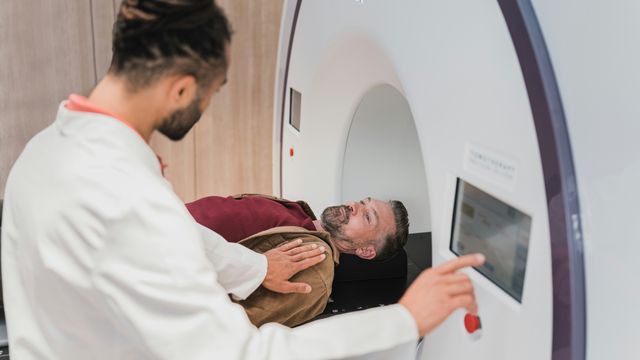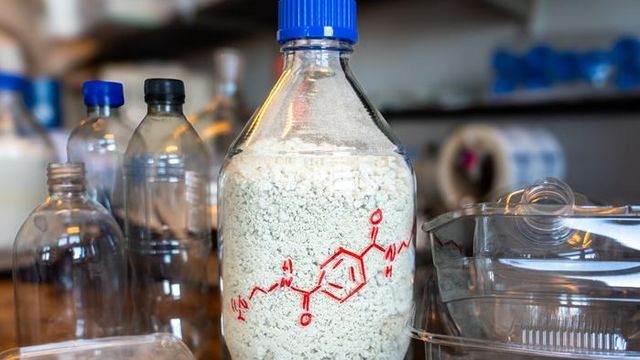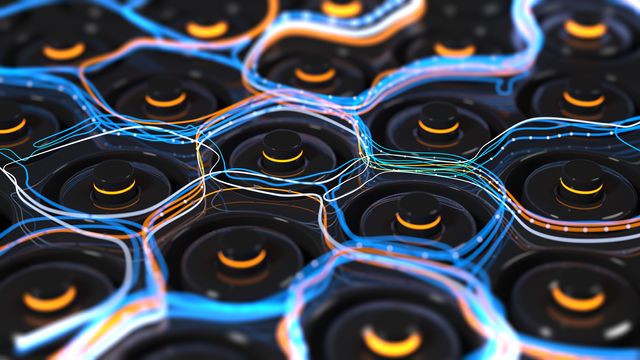Trending News
News
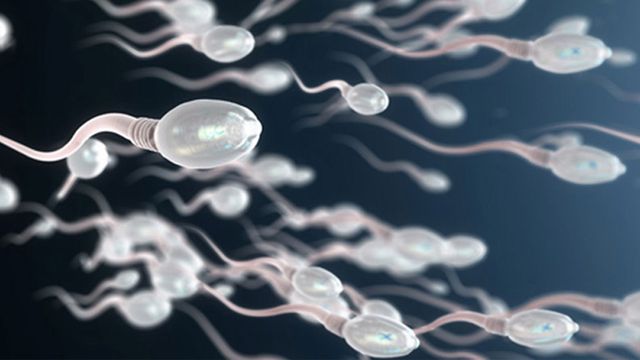
News
Sperm Cells Transformed Into Microrobots for Drug Delivery, Diagnostics
Sperm cell microrobots can be visualized and controlled by X-rays, opening doors in reproductive medicine, drug delivery and infertility diagnostics.

News
Satellite Laser Ranging Reveals 9 cm Sea-Level Rise Over Past 30 Years
New observations indicate that the global mean sea level has been increasing by approximately 3.3 mm per year, with a notable acceleration in recent years – highlighting the growing severity of climate change.
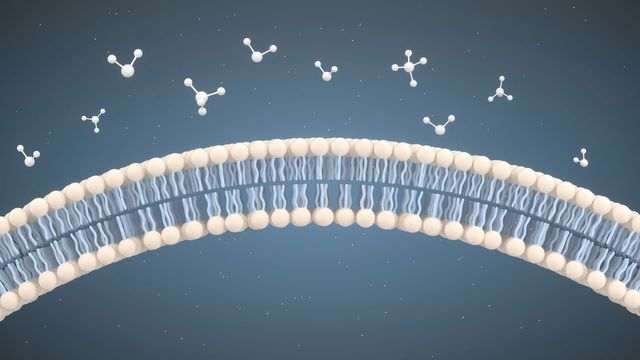
News
New Imaging Technique Enables Novel Lipid Insights
A new lipid imaging technique has helped researchers identify how cells transport specific lipids to the membranes of their target organelles, providing new insights into the role of lipid transport in health and disease.
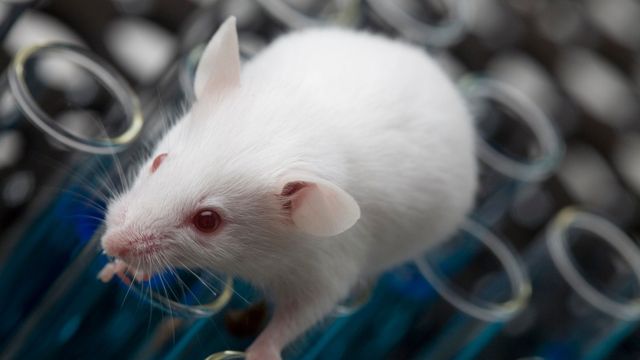
News
Reversible Method Makes Mouse Skin Transparent for Brain Imaging
Stanford scientists have created a reversible method that makes juvenile mouse skin transparent to visible light, enabling repeated, noninvasive brain imaging. The technique uses ampyrone to reduce light scattering without damaging tissue.
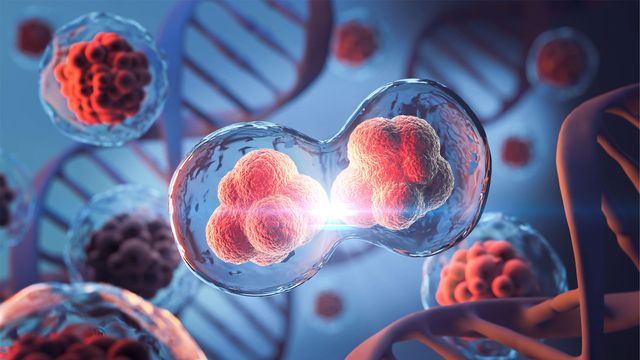
News
Mechanism Behind Tissue Coordination in Embryonic Growth Identified
New research has unveiled a remarkable mechanism by which tissues in zebrafish coordinate their growth during embryonic development.
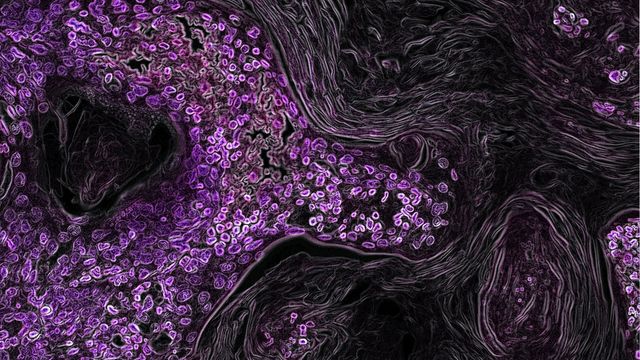
News
Cell Mapping Tool Provides Detailed Insights Into Cancer Cell Behavior
A new computational tool could help clinicians understand the complex relationships between cancer cells and their surrounding cells, guiding biomarker discovery and informing treatment options.
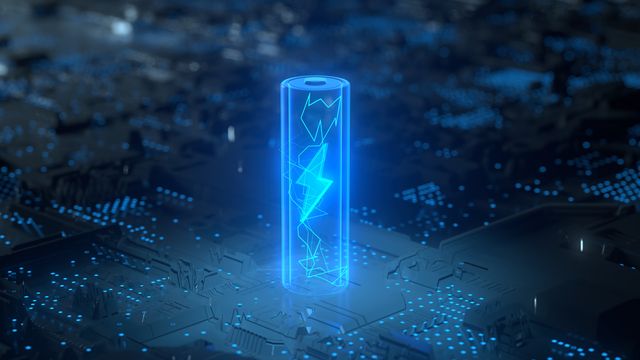
News
Self-Assembling Material Could Be the Key to Recyclable EV Batteries
Researchers have developed a new electrolyte material, made from a class of molecules that self-assemble in water, that can break apart at the end of a battery’s life to allow for easier recycling.
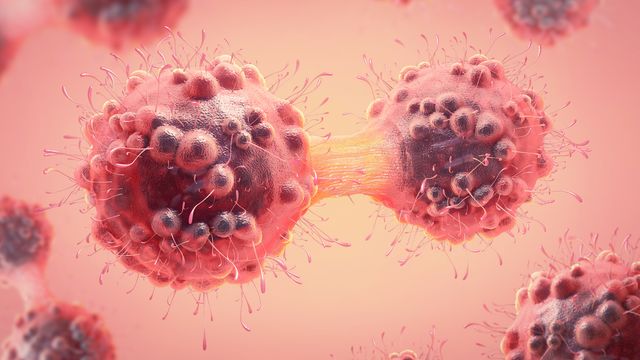
News
Optical Imaging Technique Could Help Spot Colorectal Cancer Sooner
AI-assisted autofluorescence lifetime imaging can accurately distinguish malignant from benign colorectal tissue in real time, offering a promising tool for improving cancer detection during endoscopic procedures.
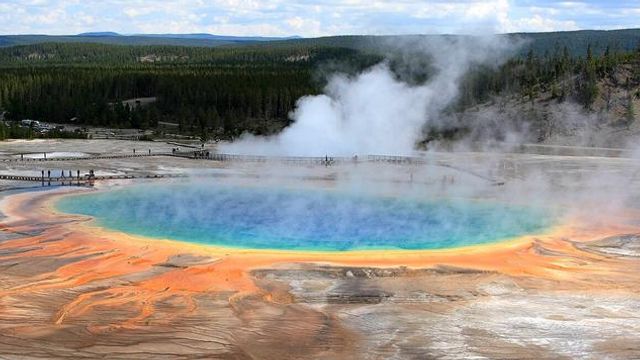
News
RNA and Amino Acids Spontaneously Joined 4 Billion Years Ago
UCL researchers have demonstrated how amino acids, life’s protein building blocks, could spontaneously attach to RNA under early Earth-like conditions. The process used thioesters, energy-rich compounds thought to power early biochemistry.
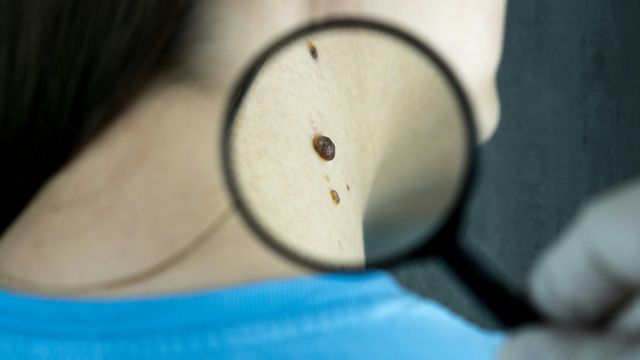
News
Topical Fluorescent Imaging Detects Skin Cancer in As Little as Five Minutes
Researchers have developed a new, non-surgical method for the early detection of basal cell carcinoma – the most common skin cancer – using a topical contrast agent and fluorescent confocal microscopy.
Advertisement
